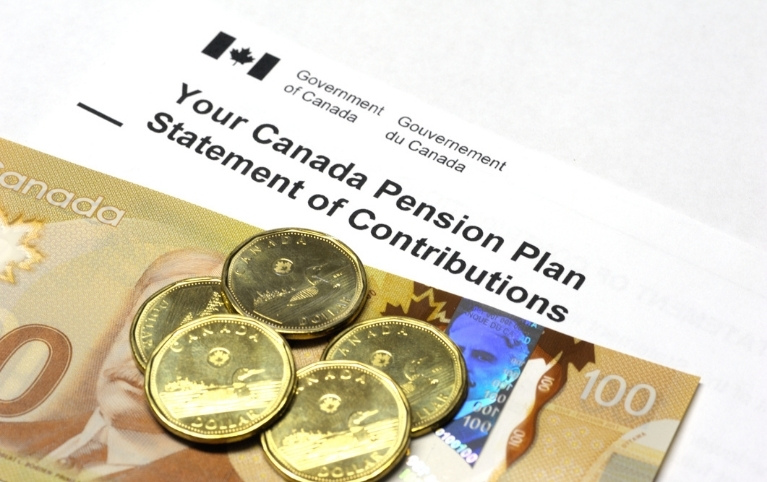The particulars contained herein were obtained from sources we believe to be reliable, but are not guaranteed by us and may be incomplete. The opinions expressed are based upon our analysis and interpretation of these particulars and are not to be construed as a solicitation or offer to buy or sell the securities mentioned herein. The opinions expressed do not necessarily reflect those of NBF.
Strategies for maximizing retirement income
August 12, 2022 / Insight from Dawn Hawley, CFP ®, TEP, CDFS, Financial Planner

In my last post, I discussed some of the reasons to re-think the options for drawing Canada Pension Plan (CPP) benefits; such as improvements and solvency of the CPP program; impact of longer life expectancy; and fewer indexed company pension plans. Today, CPP can play a bigger role in the security of your retirement income.
Basic Rules – benefits based on contributions made by individuals to the CPP plan
- Normal CPP benefit payable at age 65
- Early CPP benefit payable as early as age 60, with a reduction of 0.6% per month (7.2% per year) for each month benefit is drawn before age 65
- Deferred CPP benefit – can delay drawing until age 70, with an enhancement of 0.7% for each month benefit is deferred from age 65 (8.4% per year)
- Benefit is fully indexed to the Consumer Price Index (CPI)
Example – Assume CPP Retirement benefit of $1,200 per month at age 65
- Benefit at age 60 - $768 per month = $9,216 annually
- Benefit at age 65 - $1,200 per month = $14,400 annually
- Benefit at age 70 - $1,704 per month = $20,448 annually
It is not just the numbers - other considerations are your personal
income needs, your health and family longevity, marital status, and
other financial assets and/or pensions available to supplement your
retirement income as a bridge until you draw your CPP benefit.
In the past when determining when to draw CPP, we often only considered the “breakeven age”, a simple calculation that did not factor in the impact of inflation or longer life expectancy.
Today, financial planners must consider life expectancy probability, outlined in the FP Canada Assumptions and Guidelines (1), and apply the concept of Lifetime Loss, which looks at the potential loss of indexed benefits over full life expectancy period.
Example – Person aged 60, good health with family longevity, assumed life expectancy of 88
- Draw at age 60 - $9,216 x 28 years = $258,048
- Draw at age 65 - $14,400 x 23 years = $331,200
- Draw at age 70 - $20,448 x 18 years = $368,064
Simple math tells us that the difference between drawing at age 60 vs 70 is $110,000. A research paper developed by the National Institute on Ageing and the FP Canada Research Foundation (2) estimates the actual amount of the Lifetime Loss, defined above, is closer to $155,00 - $300,000, when considering inflation and longevity.
Consideration: Identify your non-CPP incomes and assets that you have to support your required retirement income? Do you have an employer Defined Benefit Pension Plan, with indexing to inflation? How you draw on the above during retirement is part of the overall income picture.
Consideration: What cash flow do you need? Many people require more income early in retirement and less income in the later years. Can you keep up with increases in inflation?
Consideration: If your family history is blessed with longevity and you are in good health, consider the benefit of deferral to provide for increased secured income in your later years.
When Deferral is not the best option …
- Those who already have sufficient lifetime secure retirement income.
- Life limiting illness or family history of major illness – shortened life expectancy.
- Marital status and impact of survivor benefits – survivor benefits are based on age 65 and are not adjusted or increased for the deferral after age 65.
- Those who can not afford to delay and do not have other assets to draw on and require the income sooner.
There is more information to consider, and we will continue our discussion of the CPP program in a future blog. But if you want to learn more, give our office a call to connect with one of our knowledgeable team members.

